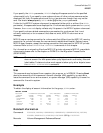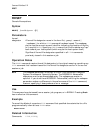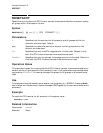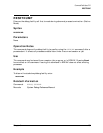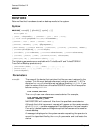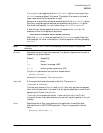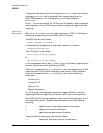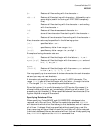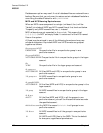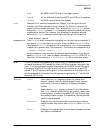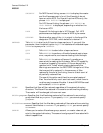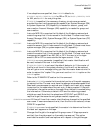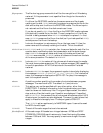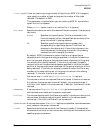
488 Chapter 6
Command Definitions P-R
RESTORE
The system restores any file that matches filestorestore unless the file also
matches filestoexclude, which specifies files to be excluded from the
RESTORE operation. You may specify an unlimited number of
filestoexclude.
Since "-" is a valid character for HFS syntax file names, a blank character
must separate it from HFS file sets to obtain the special negative file set
meaning.
filestorestore
filestoexclude Both filestorestore and filestoexclude may be entered in MPE or HFS syntax.
Wildcards are permitted for both MPE and HFS syntax.
The MPE syntax is as follows:
filename[.groupname[.accountname]]
A lockword may be specified for files to be restored, in the form:
filename/lockword.group.account
The HFS syntax is as follows:
/dir_lev_1/dir_lev_2/.../dir_lev_i/.../filedesig
or
./dir_lev_i/dir_lev_j/.../dir_lev_k/.../filedesig
If the name begins with a dot (.), then it is fully qualified by replacing the
dot with the current working directory (CWD).
Each of the components dir_lev_i and filedesig can have a maximum of 255
characters with the full path name being restricted to 1023 characters.
Each of the components dir_lev_i and filedesig can use the following
characters:
Letters a to z
Letters A to Z
Digits 0 to 9
Special characters - _ .
For HFS syntax, the lowercase letters are treated distinctly from the
uppercase letters (no upshifting). Names in MPE syntax are upshifted.
Both MPE and HFS name components can use the characters @, #, and ?
as wildcard characters. These wildcard characters have the following
meaning:
@ specifies zero or more alphanumeric characters.
# specifies one numeric character.
? specifies one alphanumeric character.
These wildcard characters can be used as follows
n@ Restore all files starting with the character n.




